Home / Resources
Resources
Discover a Wealth of BPM Knowledge and Expertise at BPMInstitute.org!

Business Rules in the System Life Cycle – Where do they belong?
A Little Background

Visualize Progress
Perpetual development
I slid the CD into the drive, and clicked the ‘install’ icon on my Windows XP system. The percentage complete indicator showed 5%, 35%, 78%, 91%, 99%, all within the first 20 seconds, and then stood at 99% for about 3 minutes.

Collaborative Business-IT Architecture Realignment
IT architectures are merely a reflection of what business units have been requesting for decades. As the business changed, so too did the IT environment. Unfortunately, complex and often redundant data and application architectures can no longer adapt to increasingly dynamic business requirements. Coupled with the fact that the business architecture itself may be ill suited to respond to industry dynamics, it is clear that enterprise architecture realignment must be a collaborative effort involving key business and IT stakeholders.
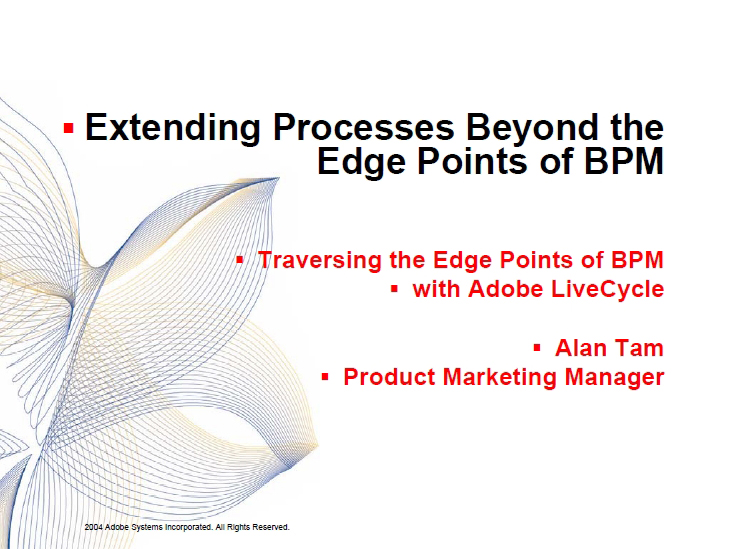
Extending Processes Beyond the Edge Points of BPM
Join us as we traverse the edge points of BPM with Adobe.
Realize the full potential of automating human-centric business processes. Streamline operations, enhance customer communications, and improve your organization’s ability to comply with regulations. Adobe process management solutions enable you to automate, manage, and track the processes that capture critical data and extend the reach of core business applications.
Join us as we traverse the edge points of BPM with Adobe.
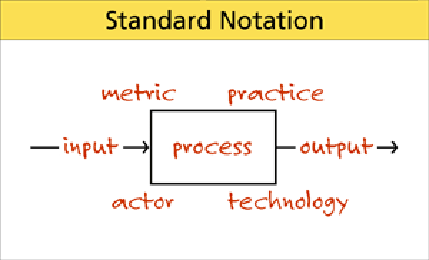
Business Process Management – The Modeling Startup Kit
Ever been to the Ikea? Ikea has starter kits for those that are starting a life for themselves away from home. My cousin, an about-to-be-student, headed to the local Ikea and selected furniture, furnishings and kitchen ‘equipment’. At Ikea, as a starter he doesn’t have to figure out what he needs for his kitchen, he can just buy the starter kit and he will have everything to prepare his daily meals: pots, pans, containers, knives, spoons, and more. It is pretty much the same set I had when I started in college.
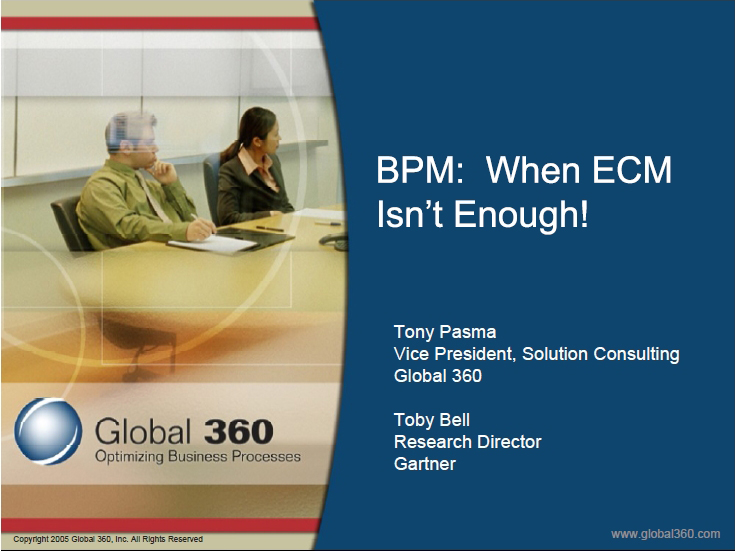
When ECM Isn’t Enough?
Too often BPM and ECM technologies are treated synonymously. However, BPM and ECM are in fact two very different technologies. While ECM technologies deliver content and document management capabilities, they do not generally provide the more relevant process-centric technologies that allow you to automate, measure and continuously improve processes.
Come hear featured Gartner research director, Toby Bell, discuss the value of process-enabled content. In this live discussion, Mr.
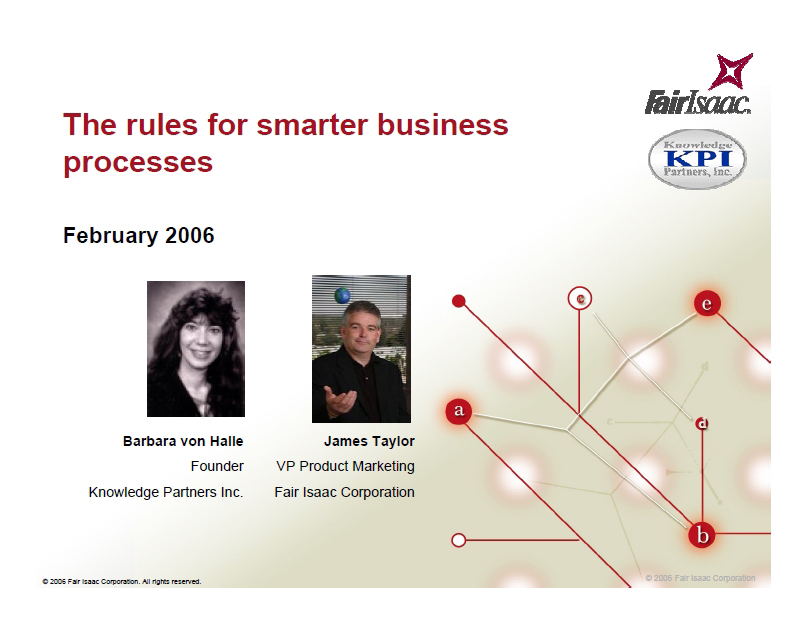
The Rules for Smarter Business Processes
The value of BPM has been clearly demonstrated in its ability to model, orchestrate and report on both human and system-based workflows. A Business Rules Management System (BRMS) takes BPM to a new level of efficiency and sophistication through its ability to automate decisions within processes. Fair Isaac Corp. and Knowledge Partners Inc.
Business Process Portfolio Management
Bob Curtice, Associate Researcher for the Institute for Process Management, Babson College and Vice President for Performance with Improvement Associates LLC. Bob Curtice is the author of books and articles on database management, systems planning, and process improvement, including “Fundamentals of Process Management” and “Role of the Process Owner”.
Curtice said that cross-functional business processes yield the most important business results. The processes need to be managed end-to-end in order to achieve benefits for the entire organization.
Coupling versus Cohesion…When to Leverage Services
As I’m exposed more to integration projects I’m seeing two patterns of failure, first the ability to recognize the problem itself and thus understand the solution, and selecting the improper enabling technology and products. In other words, people are leveraging services as a point of integration where information is the proper choice, or leveraging information exchange when services interfaces are indicated.
Understanding these concepts is becoming more important as we move into more service-oriented solutions, including SOAs.

There are no Agile Processes without Business Rules
While the days of internet time may have passed us by, the shift in focus to competition based upon the speed of innovation is here to stay. Organizations know that in the new business model, where work can be sent anywhere in the world to the low-cost provider, that one of the key competitive advantages they have is the ability to differentiate themselves with unique offerings. But even these new offerings have a shelf-life as other firms move to quickly imitate innovations.

BPMS Watch: Bidirectional Interchange: The Next Step in Process Modeling
One of the fundamental promises of BPMS was supposed to be improved business-IT alignment through model-driven implementation. We’re headed in the right direction but the tools and standards don’t completely support it yet.
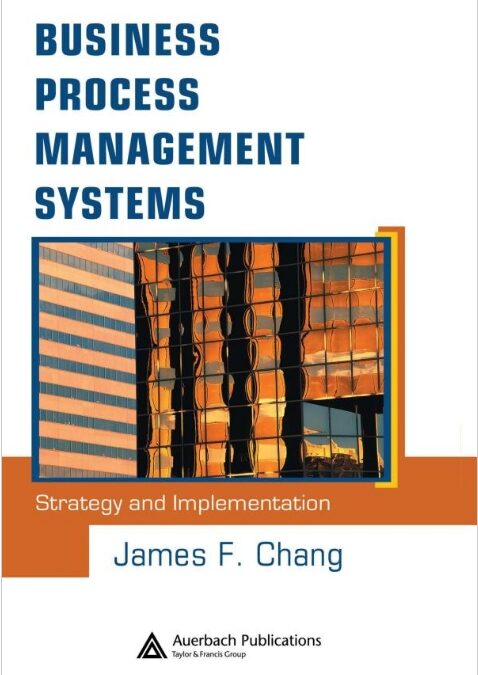
Business Process Management Systems – Strategy and Implementation
Business Process Management as a management philosophy has only been discussed since the mid-1990s. This chapter explores the relationships of BPM to other process-focused management practices. The author depicts BPM as the convergence of previous process-focused management practices, such as Business Process Reengineering and Total Quality Management. The goals, principles, and practices associated with BPM are also discussed in this chapter.
This chapter is from Business Process Management Systems: Strategy and Implementation by James F. Chang. Copyright 2006 Auerbach Publications. Reprinted with Permission of the Publisher.
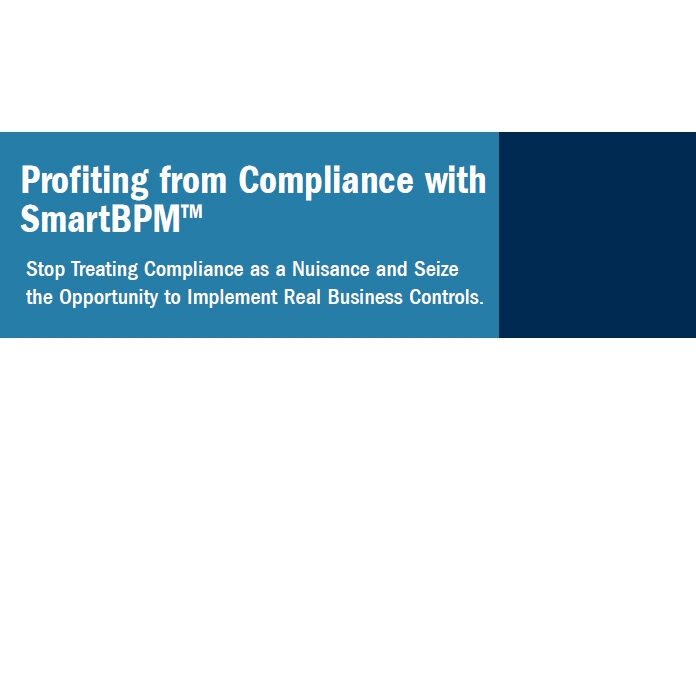
Profiting from Compliance with SmartBPM
Taking a business process management approach to compliance provides the tools to comply with government standards, and also provides the infrastructure you need to better execute the key processes that power your business. Only an approach that fully fuses business rules with business processes can deliver true compliance. This white paper discusses the use of BPM to address compliance mandates such as Sarbanes-Oxley – enabling organizations to close the gap between mission and execution, and continually transform the way they do business.

Managing by Exception
Everybody has a story like this. You are in the supermarket and you choose what you think is the shortest line to check out. You slowly inch forward. Finally, you are next in line. You are almost out of there.
Oops. One of the items in the basket of the person in front of you doesn’t have a price tag.

Extracting Business Rules from Existing Systems
Retooling entrenched business processes requires retooling one's information systems. This may involve replacing systems or, in other cases, significantly reworking those systems. In either case, knowledge of the underlying rules that govern those systems is essential...

Collaborative Business-IT Architecture Realignment
IT architectures are merely a reflection of what business units have been requesting for decades. As the business changed, so too did the IT environment. Unfortunately, complex and often redundant data and application architectures can no longer adapt to increasingly dynamic business requirements. Coupled with the fact that the business architecture itself may be ill suited to respond to industry dynamics, it is clear that enterprise architecture realignment must be a collaborative effort involving key business and IT stakeholders.
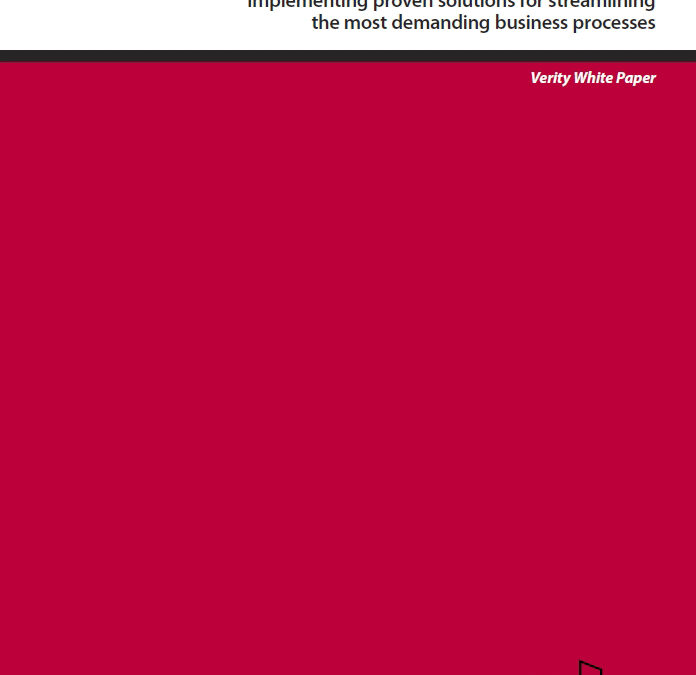
The Business Process Management Guide
The goal of this document is to help corporations of all sizes and across industries to identify areas where business process management (BPM) technology can offer the greatest return for their available resources today while providing a technology foundation to support future initiatives. Perfectly suited for organizations with limited IT resources and budget, this guide offers recommendations for advanced technology solutions that don’t require wholesale changes to legacy systems or a brand-new enterprise-wide strategic technology direction.
Case Study: Finding the Best Process for Documenting Business Processes: Counting Accountants at Sears
In 2004, Sears began a series of strategic projects to improve its operational effectiveness. One of the projects was to make process improvements at the Accounting Services Center. Dave Fleer, a Business Process Consultant for Sears, helped the Accounting Services Center improve its processes.
Risk Management – Business Process Management Steps Up to the Challenge
Why Risk Management is Top of Mind
Risk Management – this single objective is critical to the success of both commercial and government organizations. The need to proactively manage risk has increased in importance recently due to several factors – including high-profile business failures, government breakdowns in security and the rise in terrorism, and the increasing amounts of regulation being mandated by various governments.
Using Interviews to Document Business Processes
There are many approaches to documenting business processes. These include group and individual interviews, white boarding, reviewing existing documentation, and job shadowing.
Interviewing the people doing the job is an effective method to understanding how a business process is currently done. Whether you are documenting the current state or future state, successful interviews require planning, communication and a high-degree of people skills and intuition. Following are some ways to ensure that your interviews achieve the desired results.













